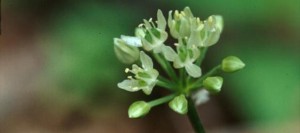 May 18th, 2014 12:31pm
May 18th, 2014 12:31pm
SABM is proud to support the expansion of the SEM’AIL jr. program until August 2015 thus expanding the network of partners in the region and to increase the number of youth involved in the preservation of wild garlic. – a vulnerable star species in Quebec conservation.
In spring 2010, the Biodome developed a new educational program: SEM’AIL jr. The secret mission of our F.B. Ail squad agents: get actively involved in the conservation of biodiversity, creating a new viable population of wild garlic in their region.
A positive experience of nature at an early age is an effective way to build a commitment to the environment.
In 1999 The Montreal Biodome first developed SEM’AIL, an awareness program catering to wild garlic. From 2000 to 2004, nearly a million seeds were distributed to 1,117 maple sugar bush owners interested in planting the species for preservation. Also, the participants replanted more than 440,000 bulbs from illegal harvesting. It is estimated that this program has led to the creation of over 500 new colonies of wild garlic in the regions most affected by the over-harvesting: Montérégie , Lanaudière, Laurentians , Ottawa river region and the Eastern Townships. Despite all these efforts, the species is still widely picked and wildlife officers seize average 80,000 bulbs per year!
L’ail des bois (Allium tricoccum) est une petite plante printanière typique de nos érablières. Ses bulbes sont comestibles et très recherchés par les amateurs. En 1995, elle devenait la première espèce légalement désignée au Québec. La vente est désormais interdite et la cueillette à des fins personnelles est limitée à 50 bulbes par an. Bien connue du public, la voilà devenue une espèce emblématique de la conservation au Québec.
SEM’AIL jr. is a school component that has raised enthusiasm in children since 2010. Thirteen schools in the most affected regions by the decline have already accepted the challenge to create a new viable colony of wild garlic in their community.
- A youth training class started in April, with a workshop led by a Biodome facilitator.
- A month later, the whole class went to the forest to perform planting. Each student sowed 100 seeds, for a total of 2,500-3,000 seeds per class.
- These young people, mostly in grade four, will have a chance to pursue their ‘top secret ‘ mission the following spring, going out to count emerged seedlings and transplanted bulbs.
For the SABM, this project constitutes concrete involvement in the restoration of biodiversity.










